Identify (A) to (J), showing all reactions.
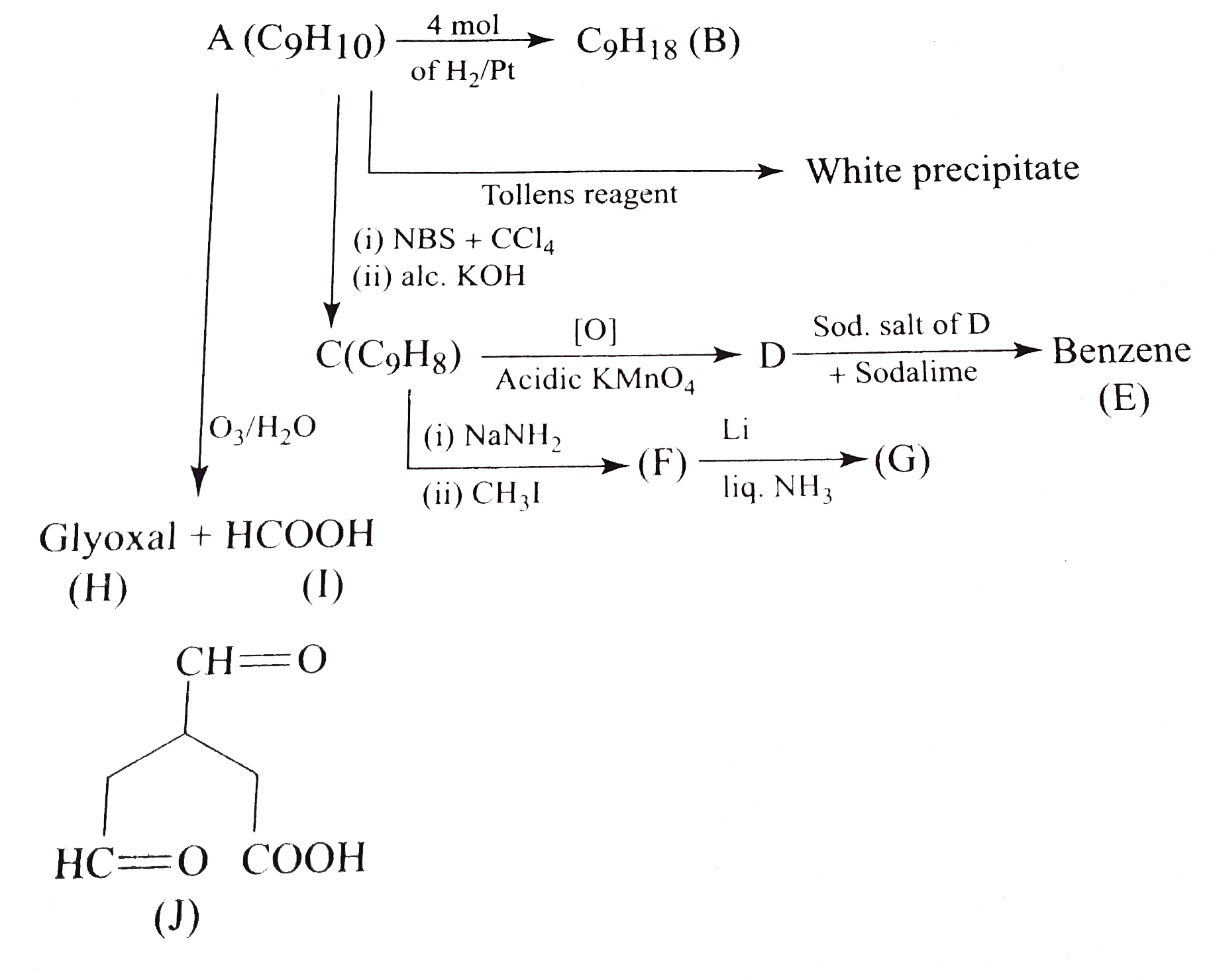
Video Solution
Text Solution
Du in (A)=(2nC+2)−nH2=(9×2+2)−102=5∘
DU in (B)=(9×2+2)−182=1∘
1 DU in (B) shows that there is a ring in both (A) and (B), and it is a six-membered ring because the product (E) is benzene.
(A) −−−−−−−−−→[Ag(NH3)⊕2] White ppt. [Indicates terminal (C≡C) bond]
5 DU in (A) can be accounted for ⇒ 1 DU for ring
+2 DU for (C≡C)+2DU for two (C=C) bonds [Two (C=C) bonds should be in the ring].
Possible structures for (A) are:
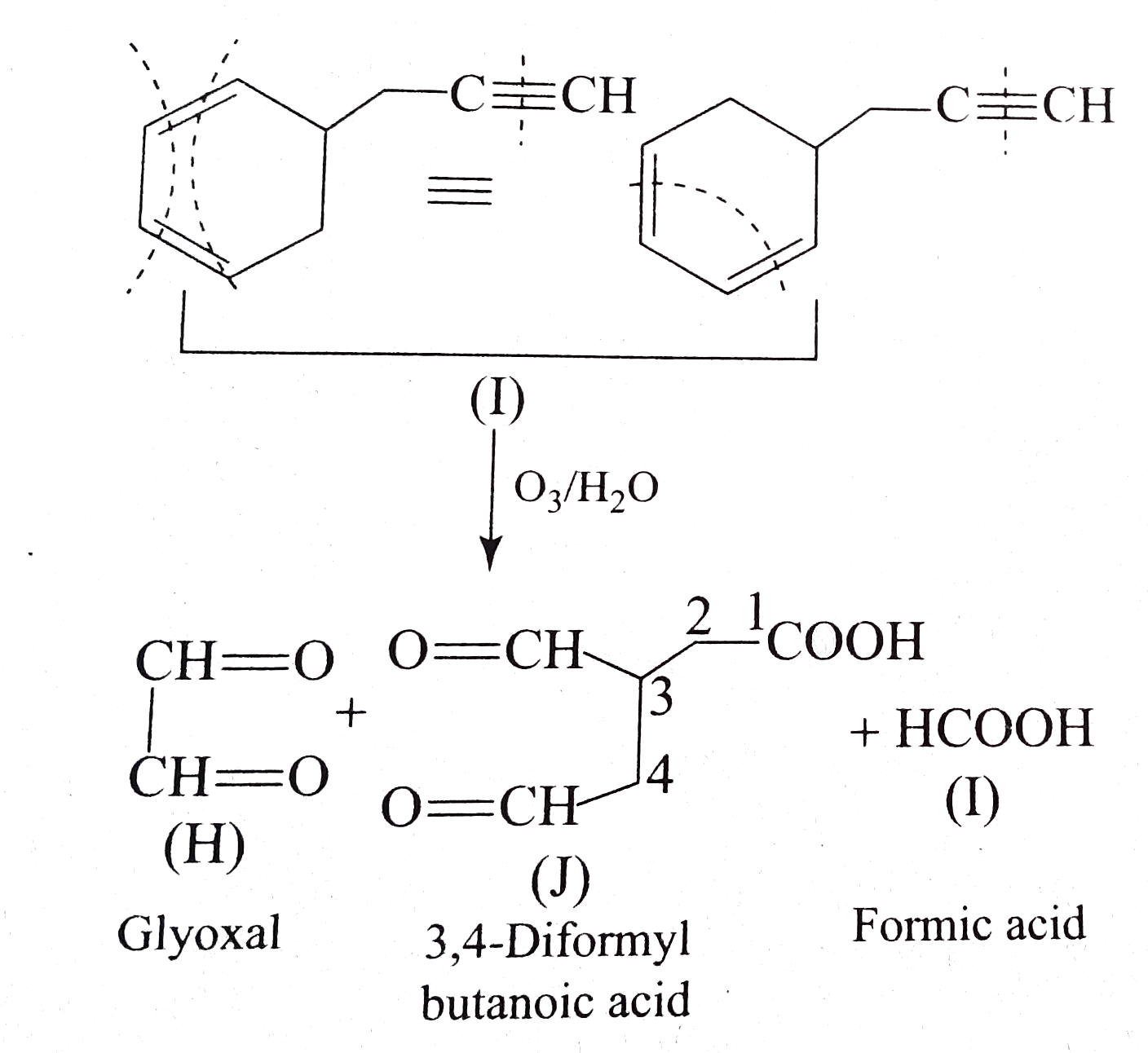
From the ozonolysis of (I) and (II), it is clear that the products of ozonolysis from (I) are same as given in the problem. So the structure of (A) is (I).

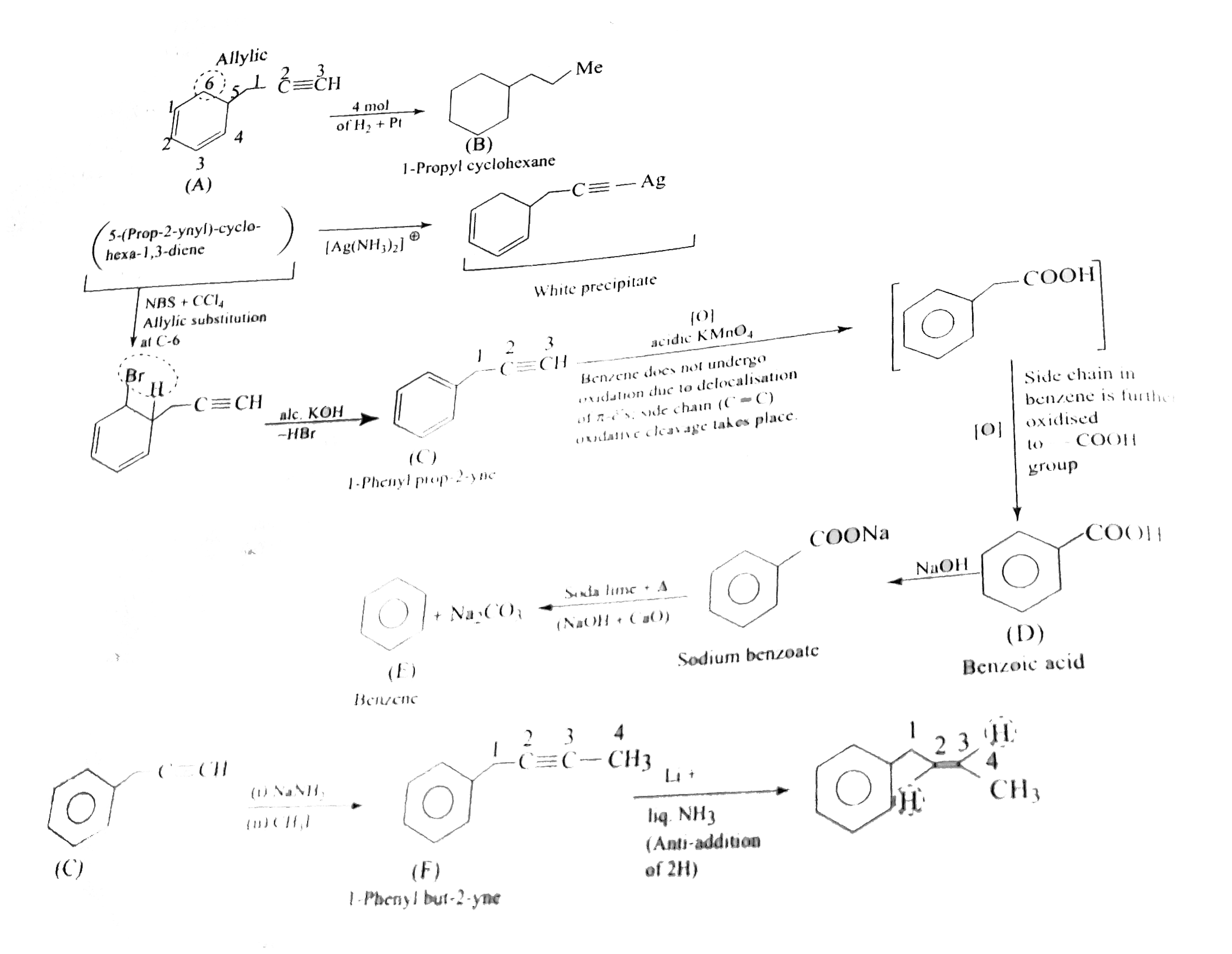
|
Topper's Solved these Questions
- ALKYNESBOOK - CENGAGE CHEMISTRY ENGLISHCHAPTER - ALKYNESEXERCISE - Exercises (Subjective Type)
31 Videos
- ALKYNESBOOK - CENGAGE CHEMISTRY ENGLISHCHAPTER - ALKYNESEXERCISE - Exercises (Linked Comprehension Type)
51 Videos
- ALKYNESBOOK - CENGAGE CHEMISTRY ENGLISHCHAPTER - ALKYNESEXERCISE - Exercises (Archives - Analytical and Desriptive Type)
4 Videos
- ALKENES AND ALKADIENESBOOK - CENGAGE CHEMISTRY ENGLISHCHAPTER - ALKENES AND ALKADIENESEXERCISE - Single correct Answer
14 Videos
- APPENDIX - INORGANIC VOLUME 1BOOK - CENGAGE CHEMISTRY ENGLISHCHAPTER - APPENDIX - INORGANIC VOLUME 1EXERCISE - chapter-7 Single correct answer
1 Video
Similar Questions
Identify (A) in the following reaction :

View SolutionIdentify A, B in the following reactions:

View SolutionIdentify (A) and ⋅(B) in the reaction

View SolutionIdentify (B) in the following reactions:
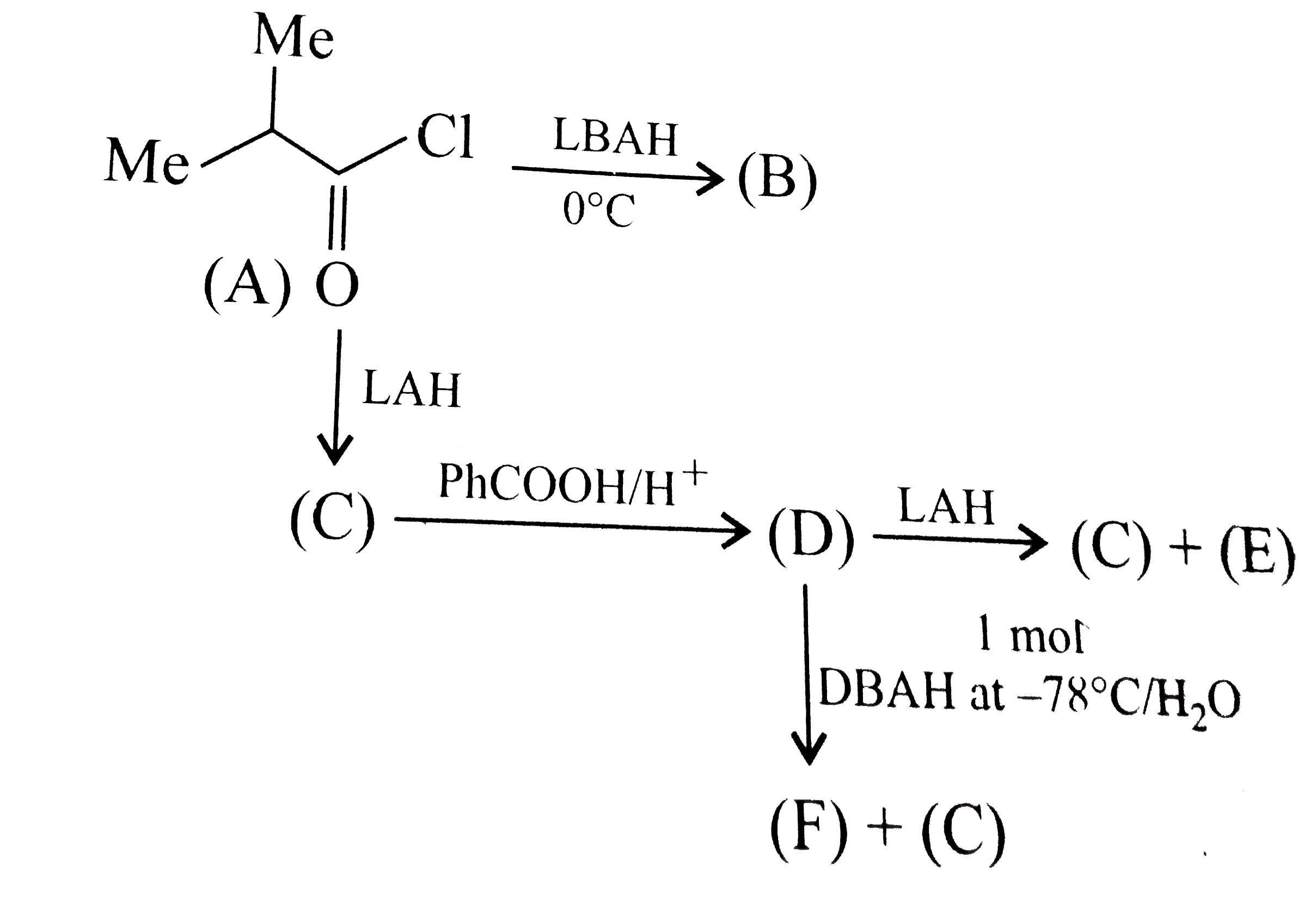
View SolutionIdentify (A) in the following reaction

View SolutionIdentify (A) in the following reaction sequence :
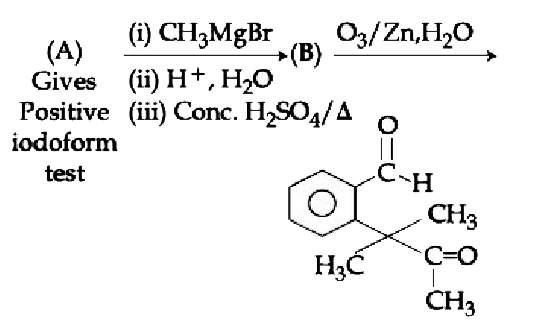
View SolutionIdentify ( A) in the following reaction sequence

View SolutionIdentify (A) in the following reaction sequence :

View SolutionIdentify (B) and (D) in the following reaction:

View SolutionIdentify (A) to (G) in the following series of reactions.

View Solution